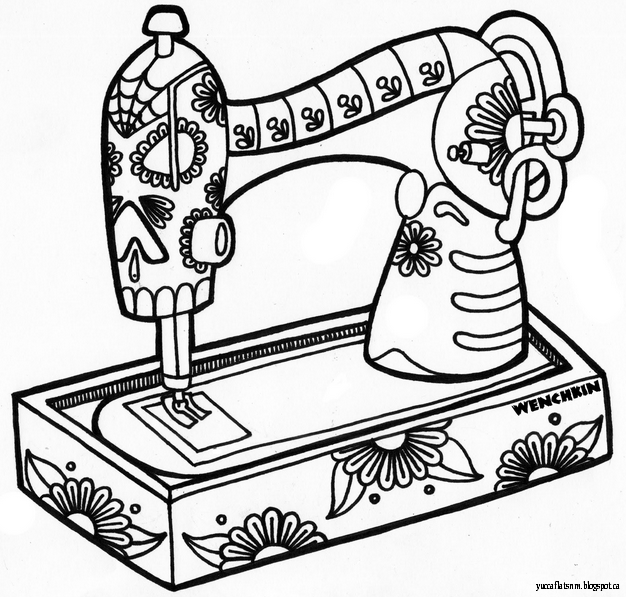Since most clothing is mass produced, retail stores cater to
“average” body types. If you are a petite size, plus sized, or really tall like
me, you might find yourself shopping at specialty shops. However, even if you fall into the “average” category
or have a body shape which doesn’t necessarily fit into the mold, you will most
likely find that you need to adjust or customize store-bought clothes according
to your particular body. Every body is different and whether you are sewing
brand new garments or adjusting ones you own or purchase, knowing how to alter
clothing can come in super handy.
Every-day
Alterations
Simple alterations such as hemming, taking clothes in/out, or adjusting
darts might seem minute, but a tiny adjustment can make a huge difference and drastically
improve an ill-fitting garment. And what’s even better is that anyone can
easily learn how to take up or release a hem on a pair of pants or a skirt (at times,
a sewing machine is not even necessary!).
Tailoring
Besides mastering tricks when constructing a garment, I believe
every sewer/seamstress should be as good, if not better, at tailoring a piece
of clothing simply because the main focus in this process is fit. Popular tailoring techniques
include: waist adjustments, adding darts, changing, adding or removing sleeves,
and adjusting shoulders. Depending on the amount of adjustments, you will most
likely have a garment that fits you exclusively.
Mending/Repairing
Other common mending/repair alterations include: fixing broken
zippers, patching up a rip, blind-sewing a tear, or replacing a lining. Accidents
happen, and you’ll save time and money if you know how to fix these boo-boos on
your own.
Curious about learning how to alter your clothes? Send me your
questions and comments below!
















